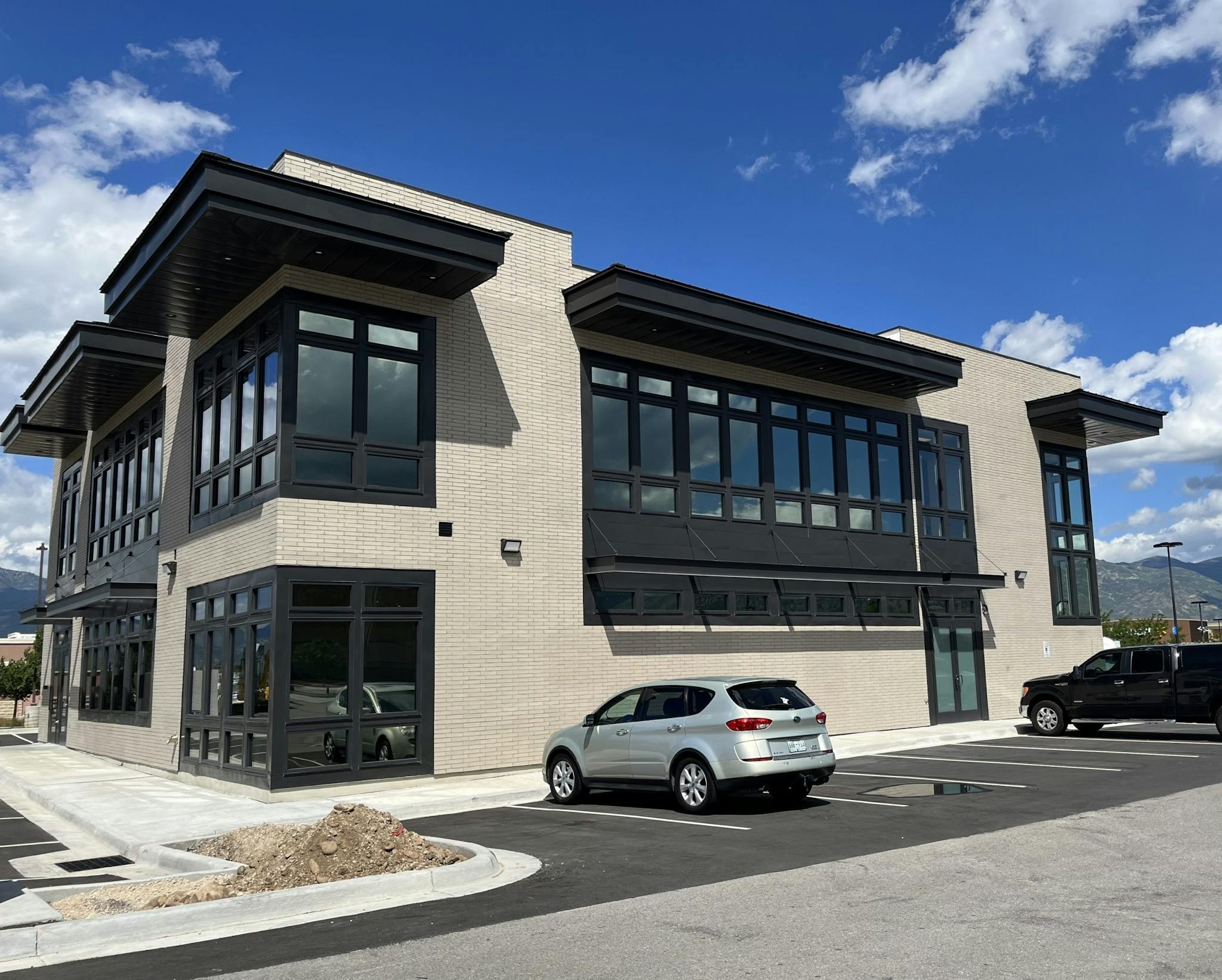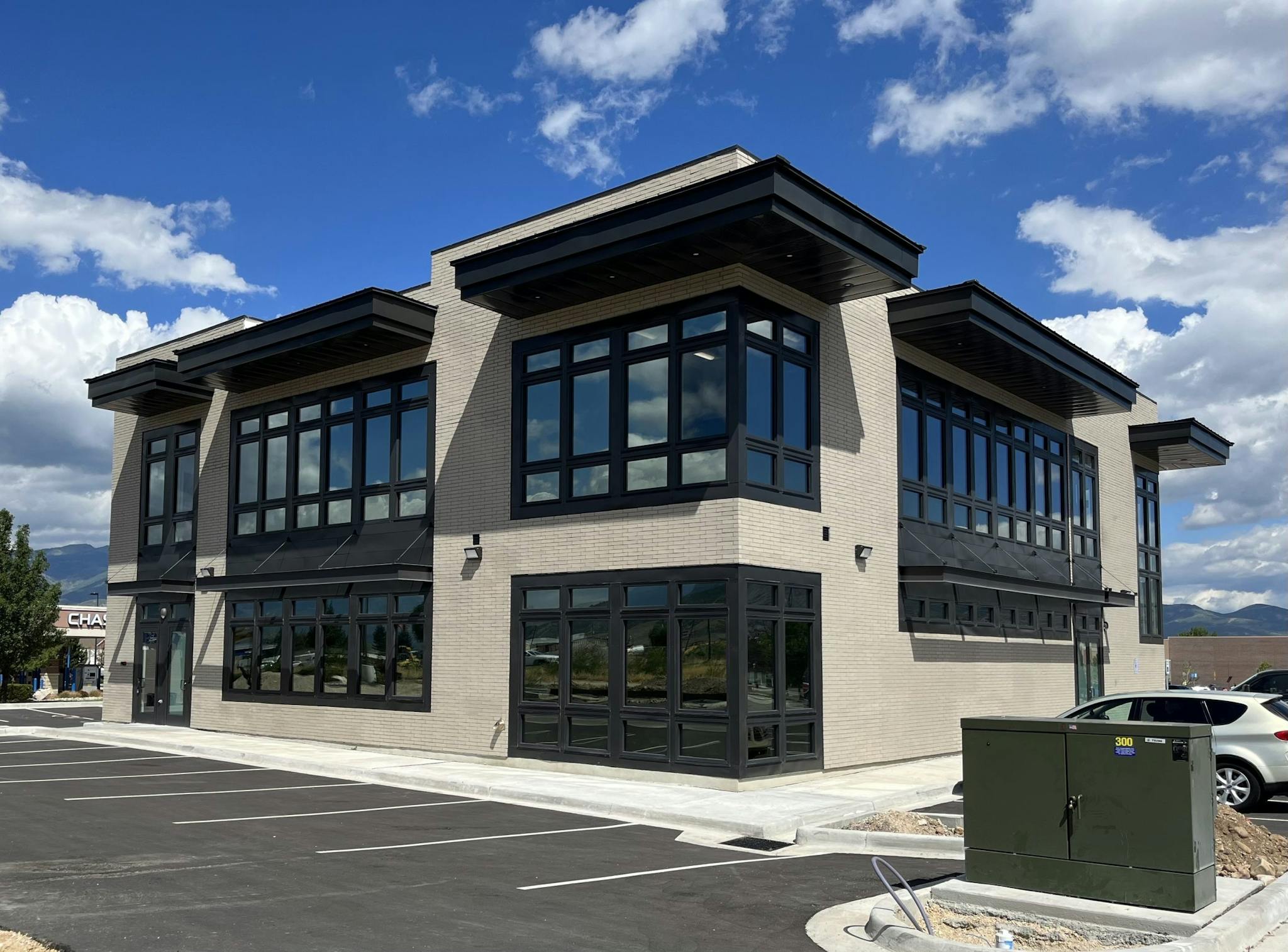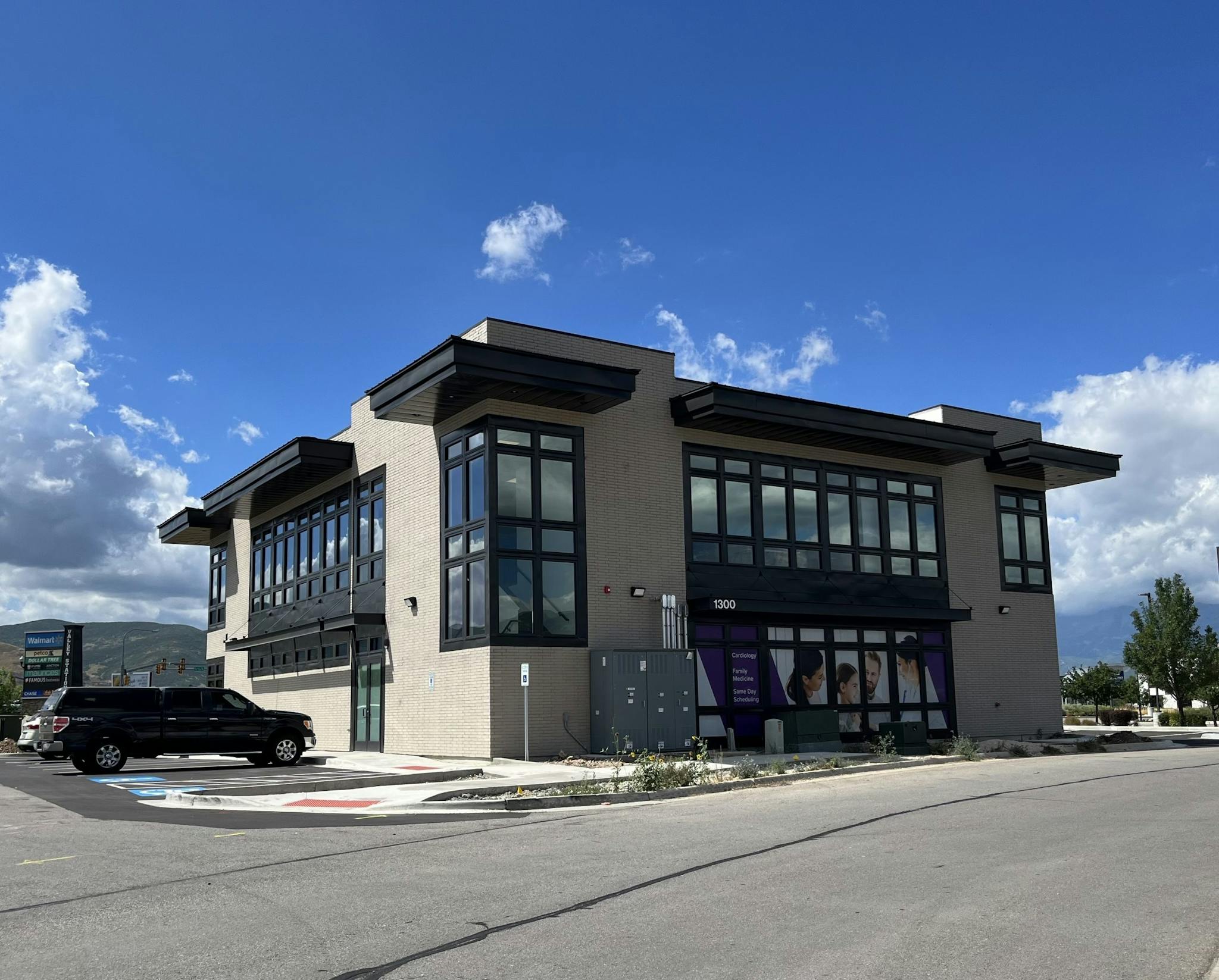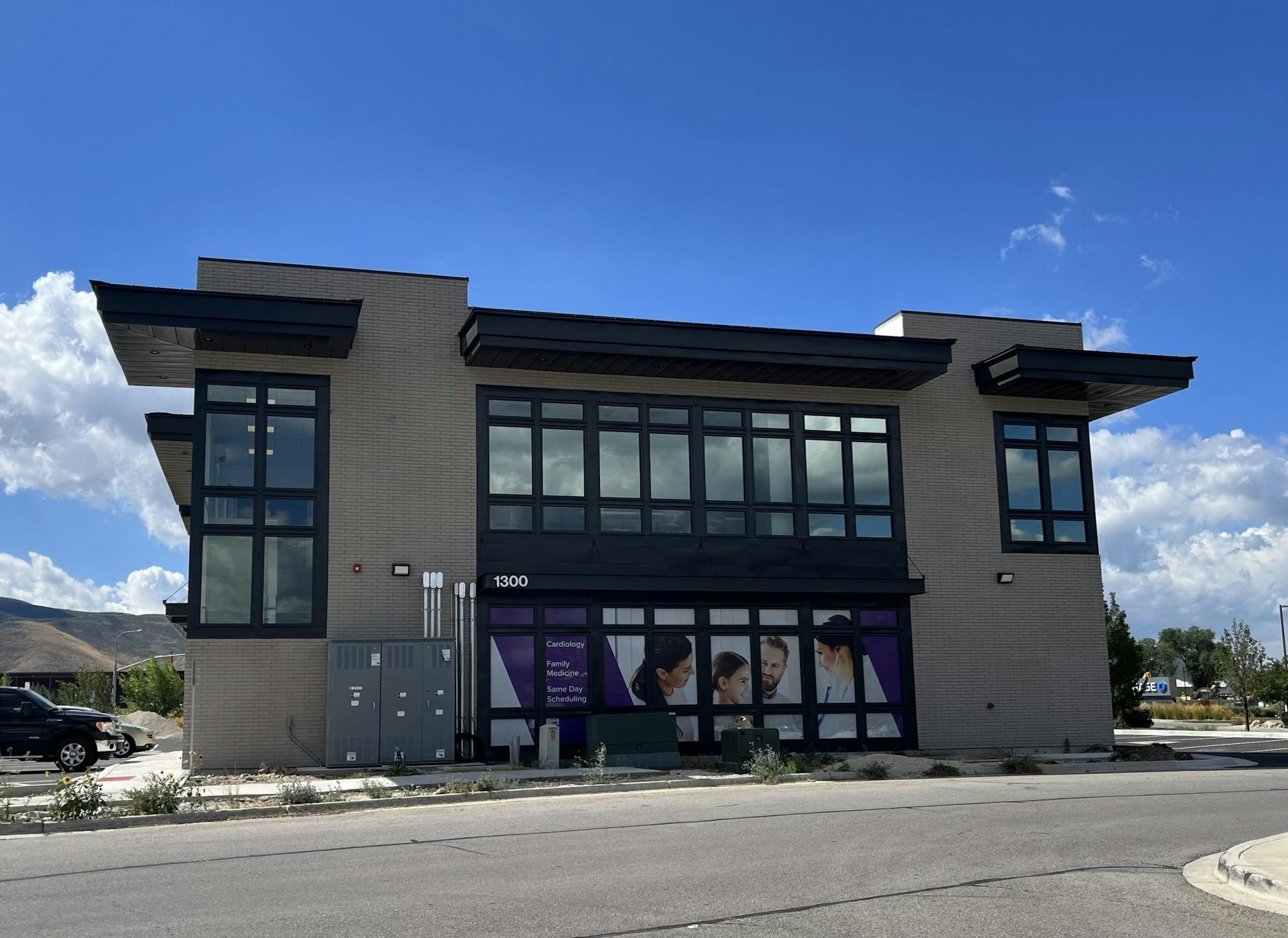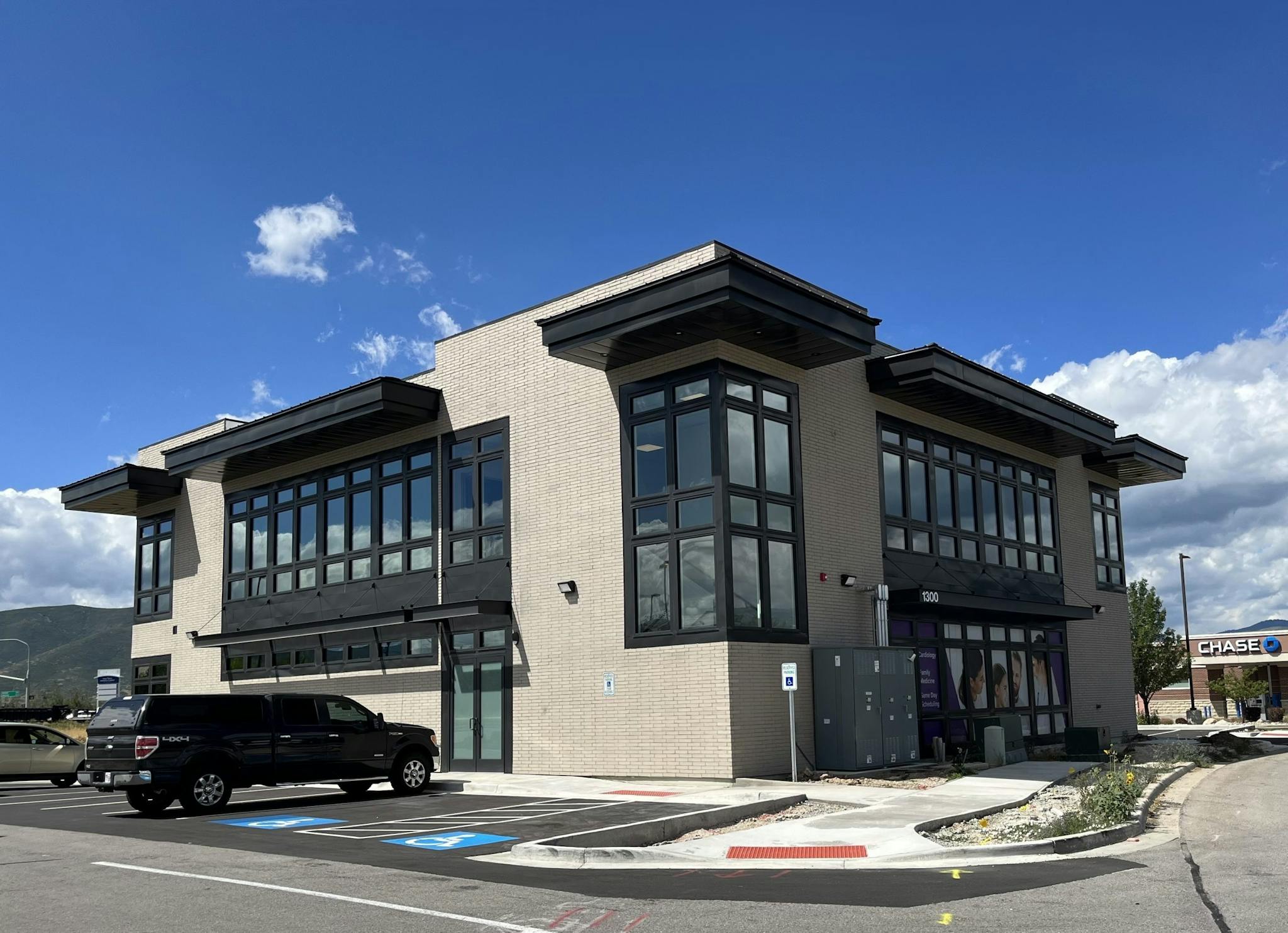Heber Cardiology
Serving the medical specialty needs of the beautiful Heber Valley for many years, Revere Health Cardiology offers patients a convenient location and quality healthcare. Our office in the Heber Medical Office gives our physicians access to the best technology and expertise in the area.
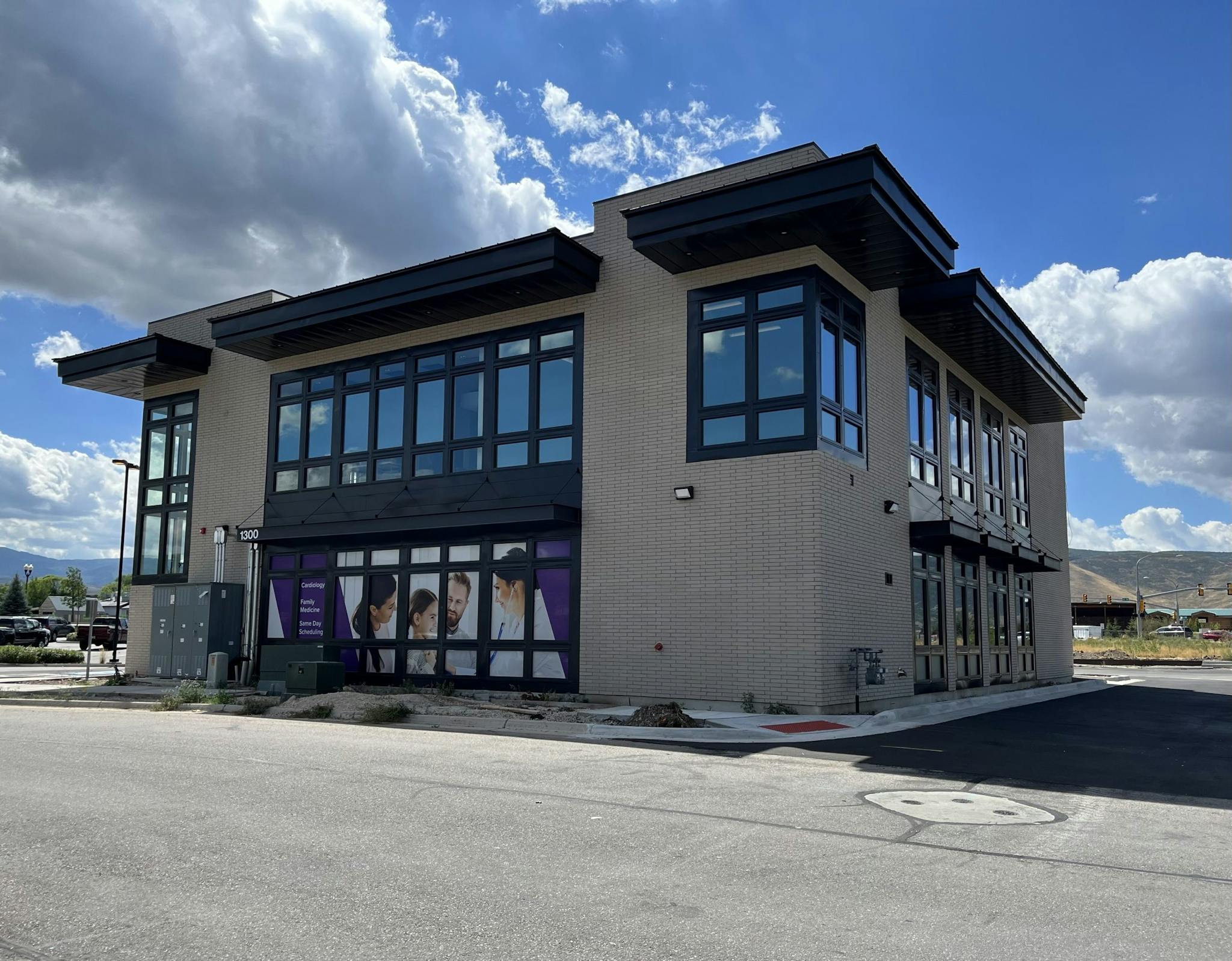
Information Cards
Phone: (801) 373-4366
Fax: (801) 429-8191Call For Hours
See patient education
resources below ↓
Services
Echocardiography
Read MoreUltrasound waves are used to examine the functionality of the heart and diagnose heart diseases and disorders.
Stress Echocardiography
Read MoreA procedure measuring heartbeat and blood pressure while exercising to determine the health of the heart and blood vessels.
TEE
Read MoreTransesophageal echocardiography is a test used to produce ultrasonic imaging of the heart to better diagnose disorders.
Holter Monitor and Event Recording
Read MoreA small battery-operated device that is used to record the heart’s activity for those who have irregular cardiac symptoms.
Pacemaker Programming
Read MoreYour doctor will determine if demand pacing or rate-responsive pacing is a better fit for your needs.
Exercise Treadmill
Read MoreAn exercise test on the treadmill is a way to test the effect of exercise on your heart and your ability to breathe.
Vascular Ultrasound
Read MoreUltrasound test that examines blood vessel circulation in the body to identify blood clots and artery blockage.
Nuclear Diagnostic Imaging
Read MoreRadioactive tracers are used to detect radiation the body. Digital images are generated and used to make a diagnosis.
Cardiovascular Perfusion
Read MoreCirculation equipment provides support to a patient’s circulatory or respiratory functions in certain heart procedures.
Bone Scan
Read MoreA scan that screens for damage in the bones, the spread of cancer and potential bone infections and trauma.
HIDA Scan
Read MoreA hepatobiliary scan captures images of the liver, gallbladder and bile ducts to help diagnose medical conditions.
Cardiac MRI
Read MoreA simple imaging procedure using radio waves and magnets to capture detailed pictures of the heart and blood vessels.
CT Coronary Calcium Score
Read MoreA heart scan that calculates your risk of developing coronary artery disease, a common heart condition.
In-Office Lab Services for Cholesterol and Anticoagulation
Read MoreLab tests look at the blood’s ability and time it takes to clot, along with lipid levels related to cholesterol.
Ambulatory Blood Pressure Monitoring
Read MoreA non-invasive method of obtaining blood pressure readings while the patient is in their own environment.
Ankle-Brachial Index Testing
Read MoreThis is the ratio of the blood pressure at the ankle to the blood pressure in the upper arm (brachium).
Diagnostic Cardiac Catheterization
Read MoreThe process of introducing catheters into veins or arteries, then into either the left or right side of the heart.
Diagnostic Peripheral Angiography
Read MoreA test that uses X-rays and dye to find narrowed or blocked areas in the arteries that supply blood to your legs.
Interventional Services
Read MoreThis is a branch of cardiology that focuses on catheter-based treatment of structural heart diseases, including angioplasty and stent.
Angioplasty/Stent
Read MoreThis opens the coronary arteries that supply blood to the heart. A stent is a tube that expands inside the coronary artery.
Atherectomy
Read MoreThis surgery treatment uses a catheter with a sharp blade to remove plaques of fatty material from blood vessels.
Peripheral Angioplasty
Read MoreThe blocked area of the peripheral artery is removed through an inflated balloon within a catheter.
PFO and ASD Closures
Read MoreA catheter-based closure of the patient foramen ovale (PFO) and atrial septal defect (ASD).
Retrievable IVC Filters
Read MoreThese are small, cage-like devices inserted into the inferior vena cava in order to capture blood clots.
Electrophysiology Services
Read MoreA specialty branch of physiology concerned with the study, diagnosis and treatment of heart rhythm disorders.
Ablation
Read MoreA procedure used to scar or destroy a small area of tissue in the heart that is causing abnormal rhythm.
Pacemaker Implantation
Read MoreA generator is placed on the left side of the chest, attached to a wire guided through a blood vessel to the heart.
ICD-Defibrillator Implantation
Read MoreThis is a pager-sized device placed into the heart ventricles to help your heart keep beating effectively.
Biventricular Pacemaker Implantation
Read MoreThe lead tip of this specialized pacemaker is implanted and attached to the heart, helping heart failure patients.
Pacemaker Lead Extraction
Read MoreLead extraction through the femoral or subclavian vein.
Laser Lead Extraction
Read MoreSpecial catheter-guided lasers help free the lead from the surrounding scar tissue.
Tilt Table Testing
Read MorePatients lie on a table that is slowly tilted upward, used to measure blood pressure, heart rate and gravity’s effect on the heart.
Varicose Vein Surgery
Read MoreSurgical removal or obliteration of varicose veins to reduce their appearance and minimize pain and aching.
Peripheral Ultrasound
Read MoreA water-based gel is applied to your legs, and an ultrasound probe is used to scan the arteries in your legs.
Emergency Inpatient Coverage
Read MoreAdmission to the hospital with a doctor’s order based on need of emergent, time-sensitive services.
More about value-based care








